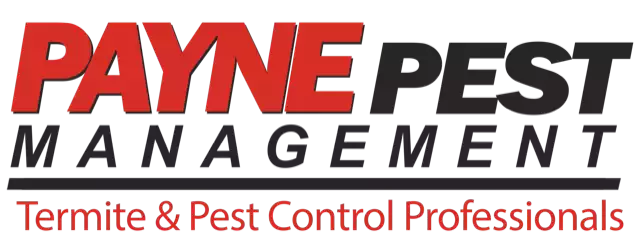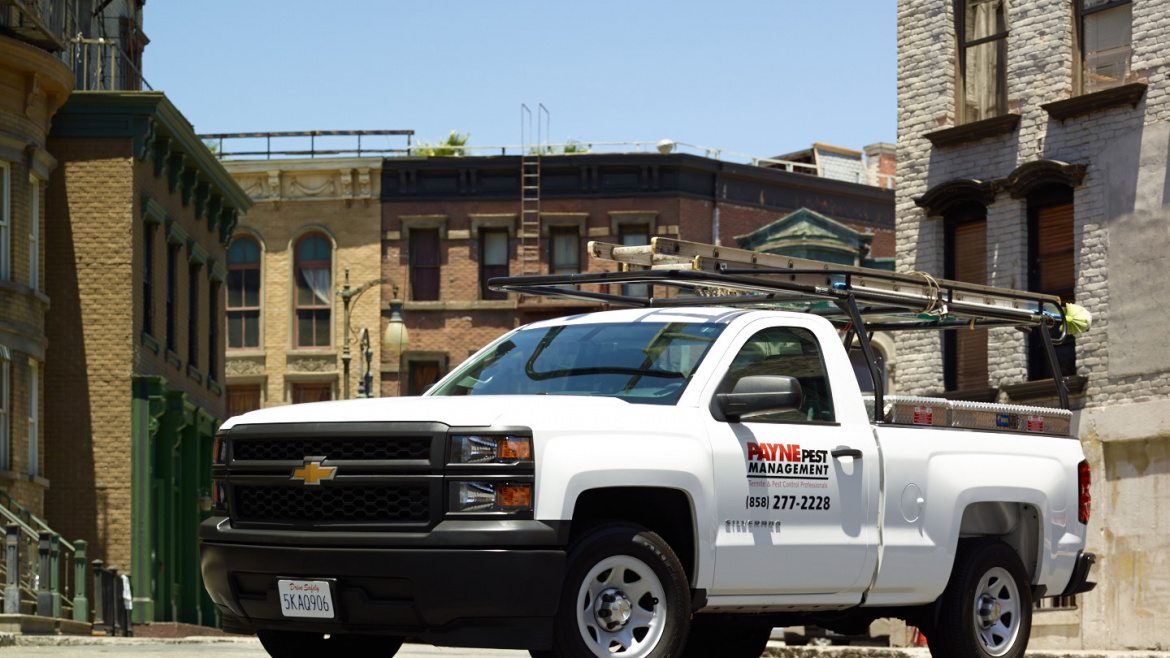Drywood termites get their name from the fact that they infest wood that is very low in moisture content and generally undecayed. They also do not need to infest wood that is in direct contact or close to the ground, unlike subterranean termites, which gives them the ability to infest moveable objects and areas of the home that are usually safe from termites, such as the roof or higher floors of the home.
Treatment options
Treatment options for dealing with drywood termites differ from the options you have at your disposal when you are dealing with subterranean termites. Since drywood termites do not have any contact with the ground and reside entirely inside of the wood, you will have to treat them in the wood of the home. For this, you have two options: fumigation, and localized spot treatments.
Fumigation
In order to determine the type of treatment that will work best for your home, a pest control specialist will try to figure out the extent of the infestation. If there is a suspicion that the infestation is widespread and not constrained to a single area, then the only option is fumigation. Determining the extent of a drywood termite infestation can be hard, because the termites have to be detected inside the wood itself, and so far, the instruments available are only somewhat accurate. Extensive direct intrusion into the wood is out of the question, since it can leave unsightly marks – something you do not want on your furniture or decorations in the home. As such, fumigation is the best option to remove the infestation.
Localized spot treatments
Localized spot treatments are preferred due to their low cost and ease of application. They are used to treat small infestations that can be clearly located. The process is fairly straightforward, where the pest control specialist will use either liquid, aerosol or solid insecticide to treat the infested wood.
The pest control specialist will inspect your home and recommend the best course of action based on the state of the infestation. For big infestations, you will need fumigation, while smaller ones can be treated with spot treatments. Sometimes, what seems as a drywood termite infestation turns out to be a subterranean termite infestation, which will require an entirely different control approach. Contact us today if you have any questions or if you suspect that there is a termite infestation in your home.







